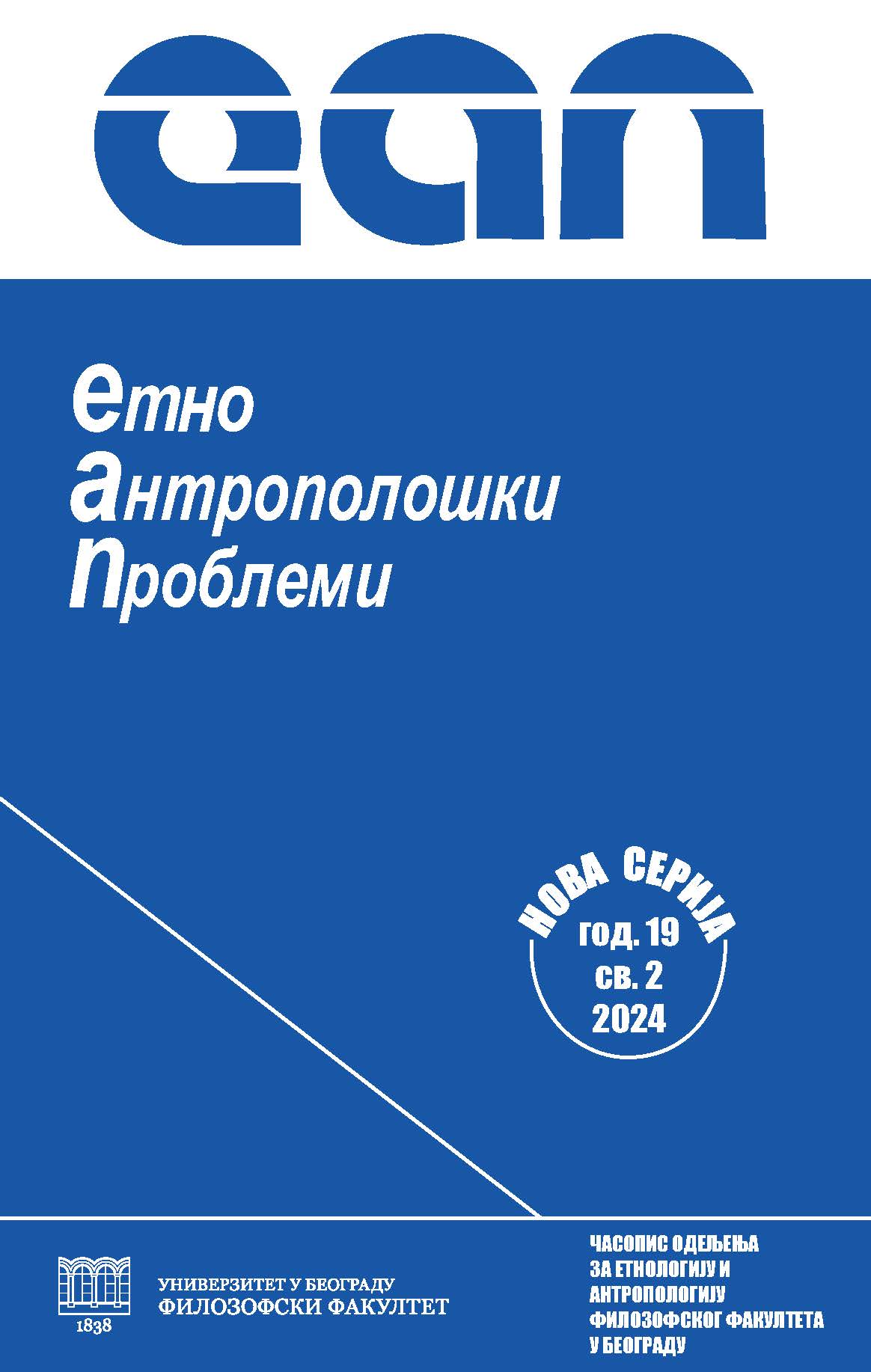Kontekst i značenja filma Beštije Živka Nikolića
The Context and Meaning of Živko Nikolić’s Film Beasts
Author(s): Ivan KovačevićSubject(s): Anthropology, Social Sciences, Fine Arts / Performing Arts, Cultural Anthropology / Ethnology, Film / Cinema / Cinematography, Sociology of Art
Published by: Филозофски факултет, Универзитет у Београду
Keywords: film Beasts; Živko Nikolić; Mediterranean island; night; rain and wind; violence
Summary/Abstract: The course of the film describes three successive states, two states at night and one state during the day. What divides the night into two parts is the arrival of the Beauty on the island. The habitual behavior during the night consists of various types of verbal and physical violence. During these events, the Beauty lands on the island. Her appearance on the island leads to the reinforcement of the usual mischief, with her being mainly the center of events, for they mostly revolve around conflicts over her. Therefore, the night, which lasts almost the entire film, is divided into two parts: 1) before the arrival of the Beauty (the usual, normal licentious and violent behavior of the islanders) and 2) after the arrival of the Beauty (extraordinary, intensified violence). The very end of the film belongs to a bright and sunny day, and the characters are portrayed quite differently in the tranquility of family life.The key opposition in the film is the night, characterized by violence, and the day, filled with peace and harmony. The mediating function of the film itself indicates that the beasts are not some other people, but that violence and evil also reside in those who are seemingly upstanding members of the community. However, the analysis of the meaning in the film Beasts shows that there are obstacles to evil and violence found in missionary work, science and art, and even in madness.
Journal: Етноантрополошки проблеми
- Issue Year: 19/2024
- Issue No: 2
- Page Range: 383-400
- Page Count: 17
- Language: Serbian

